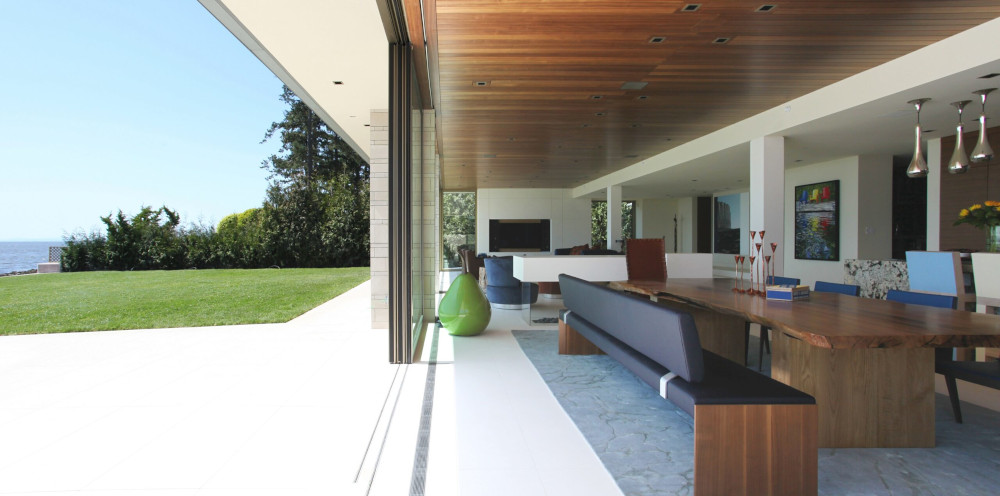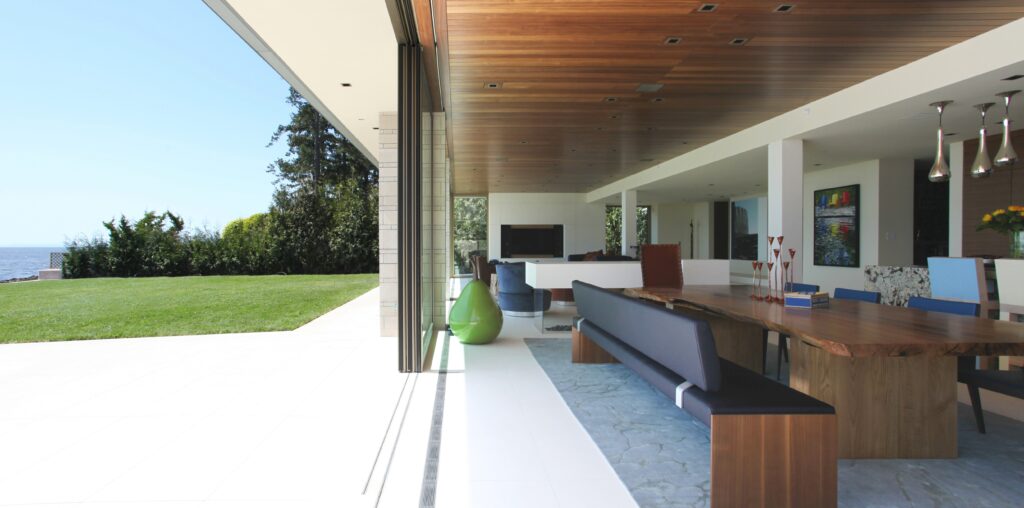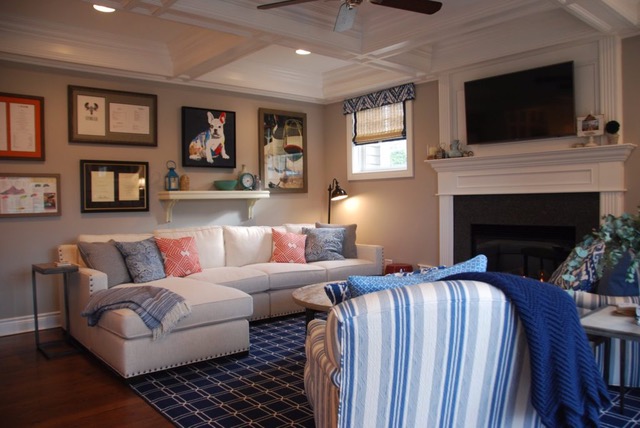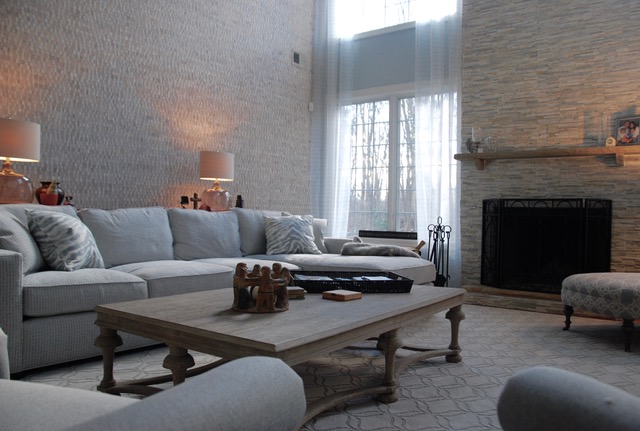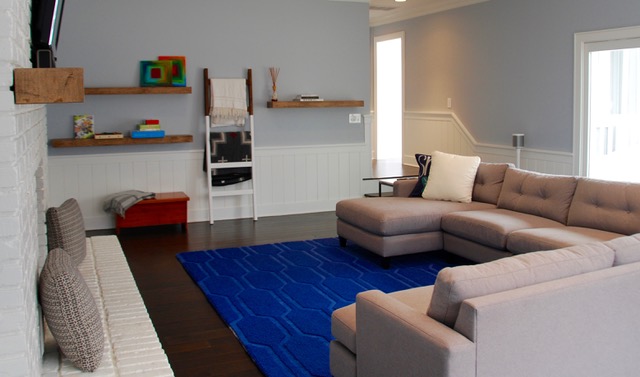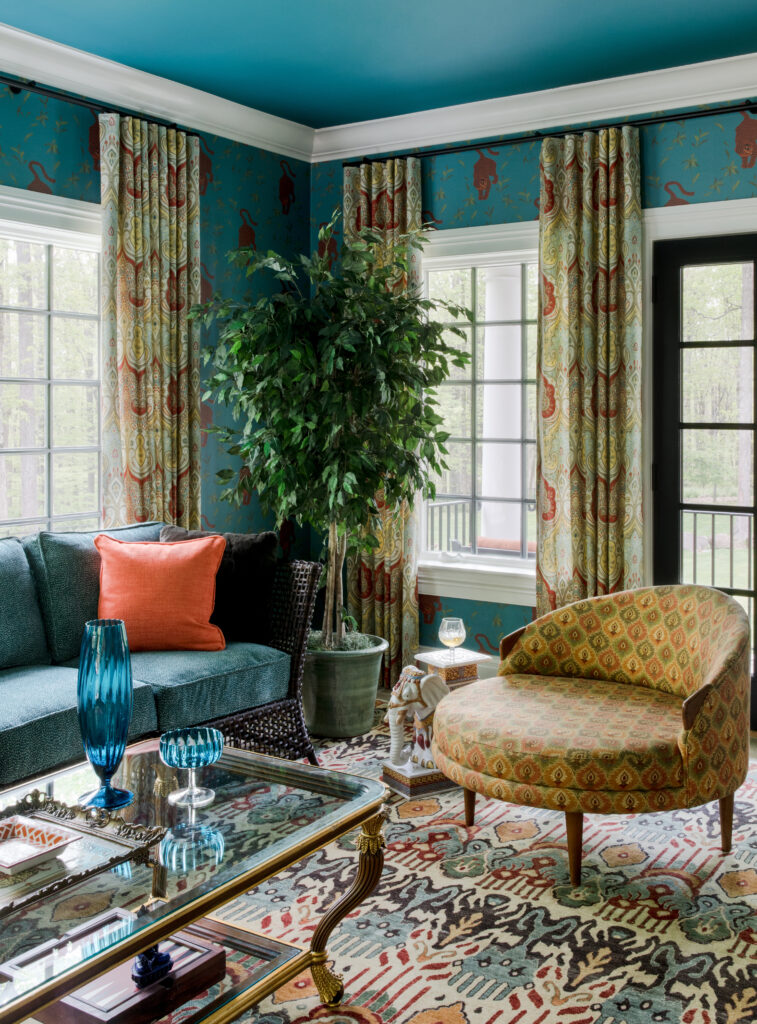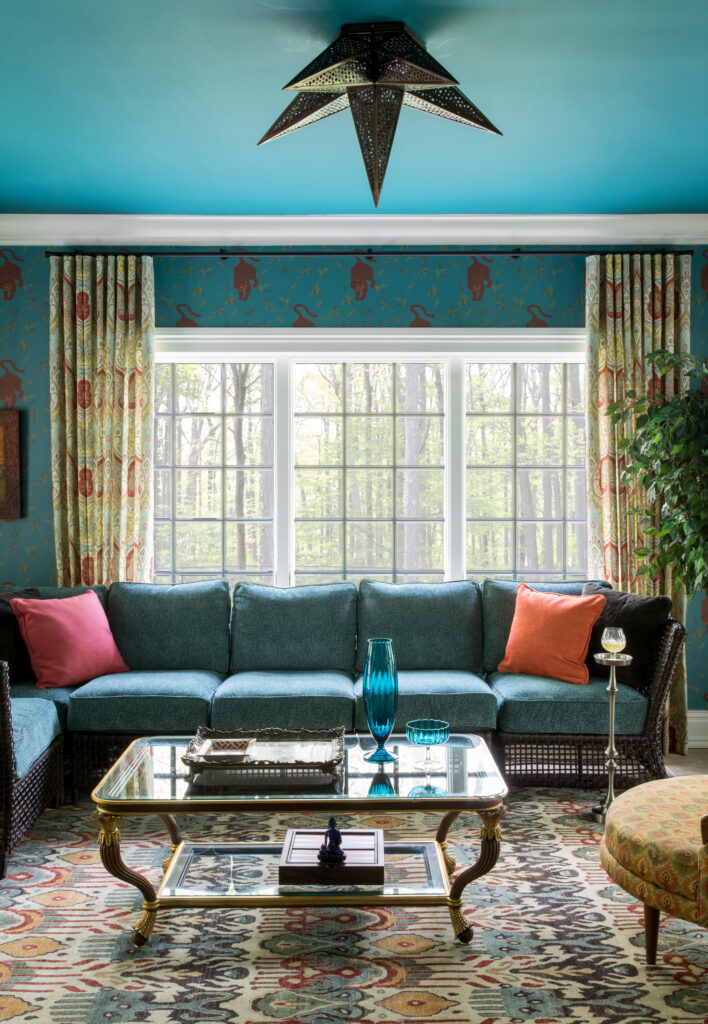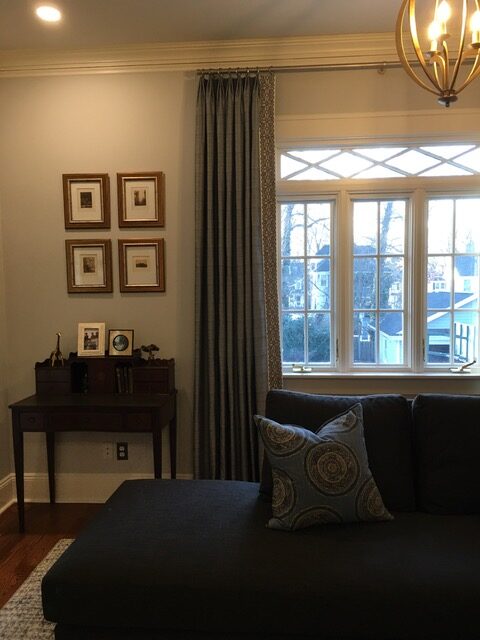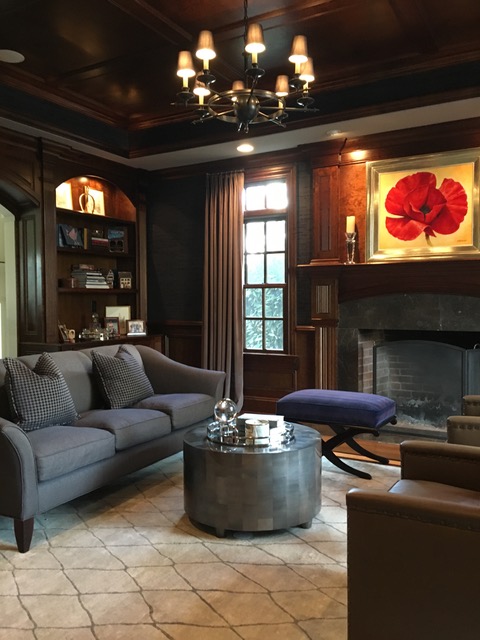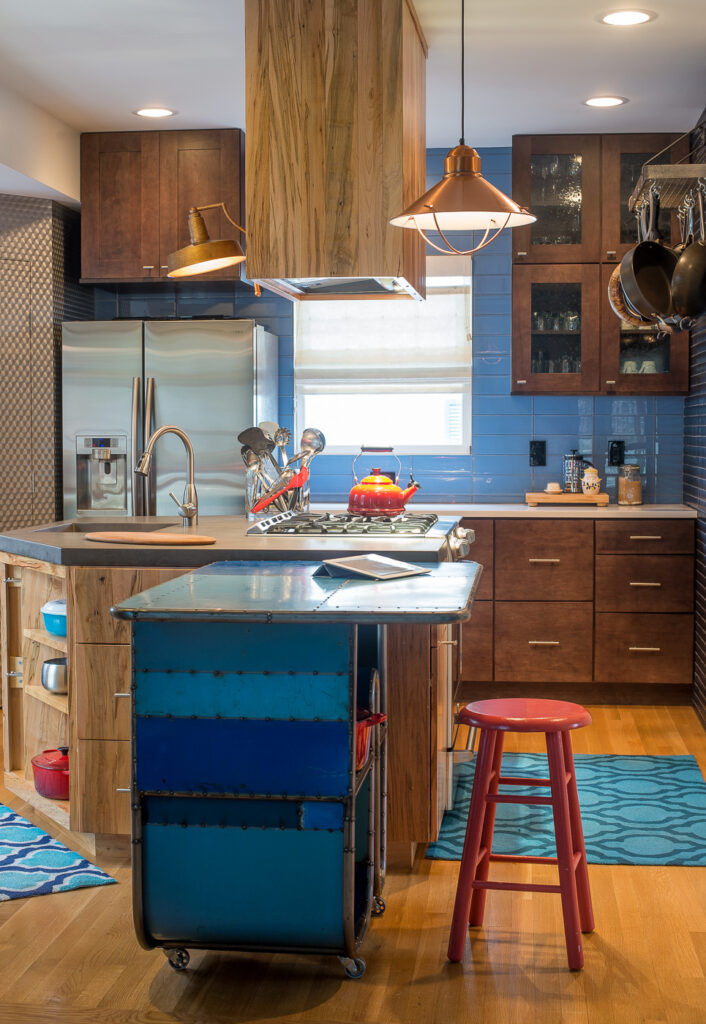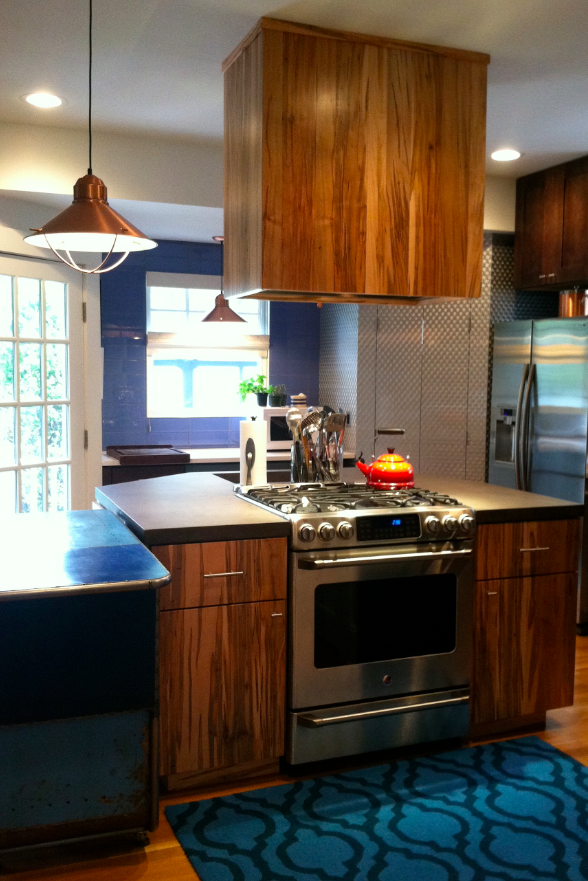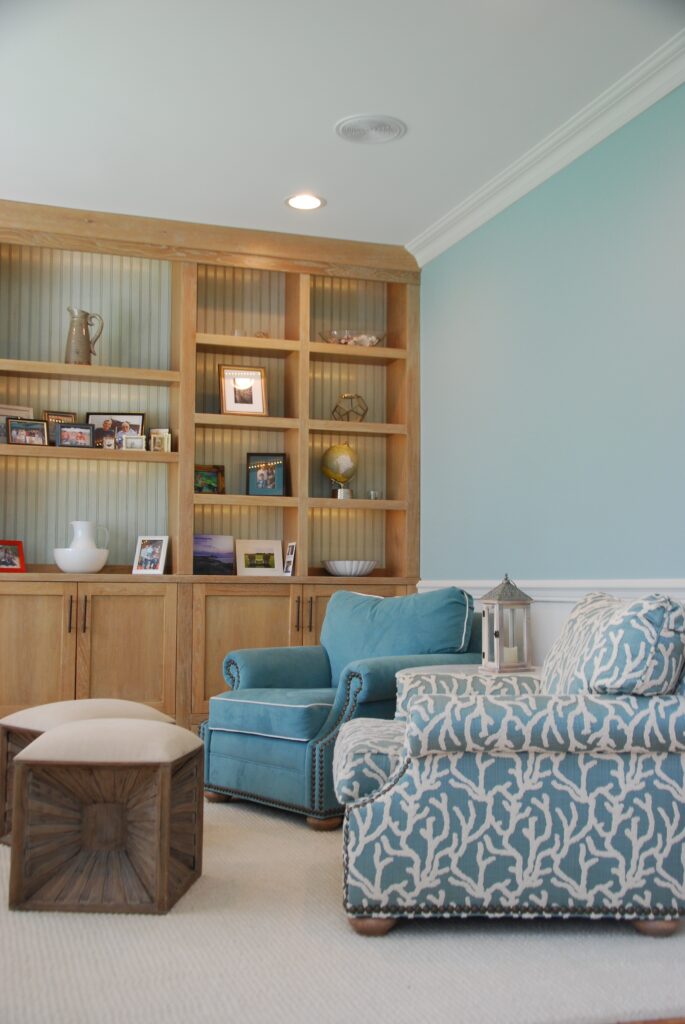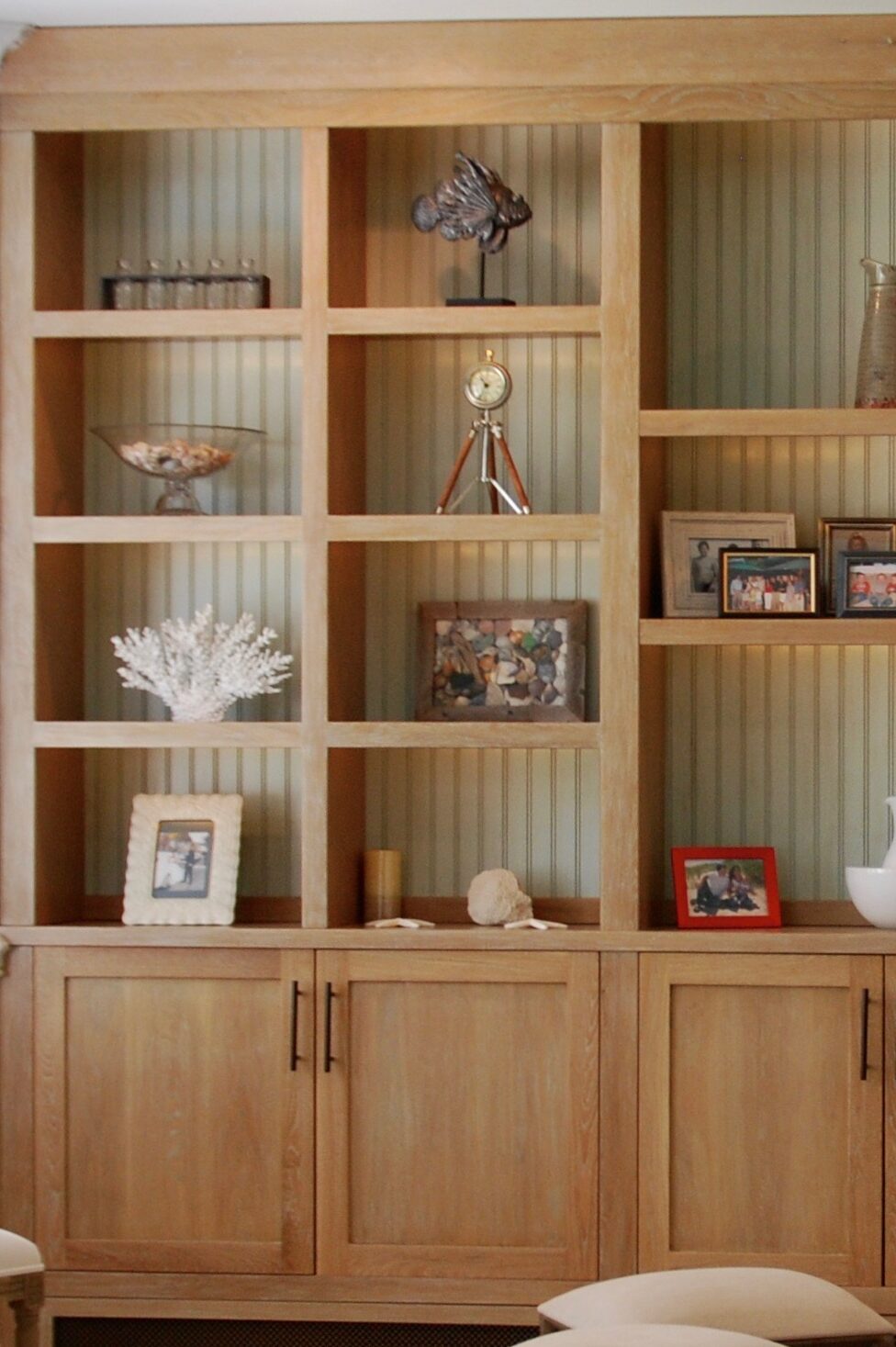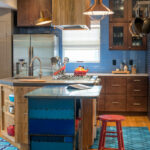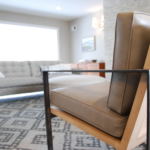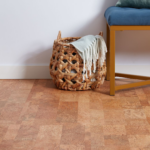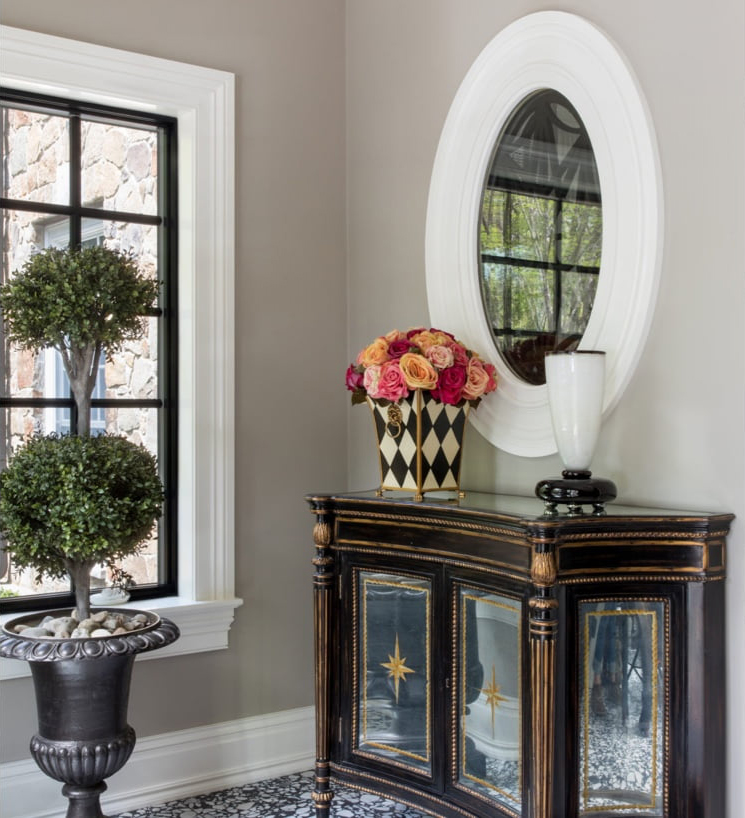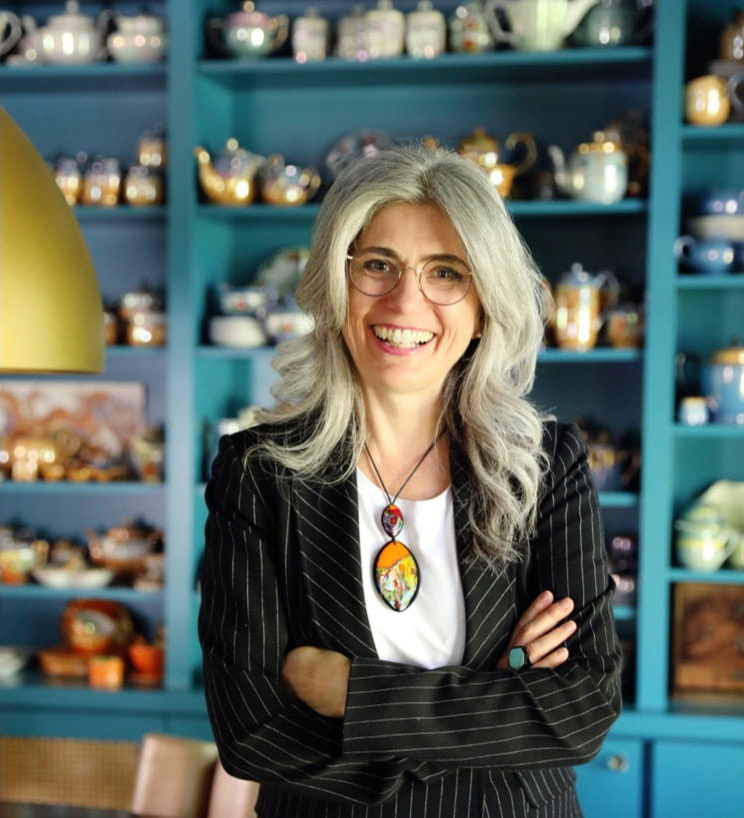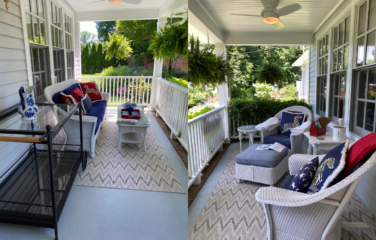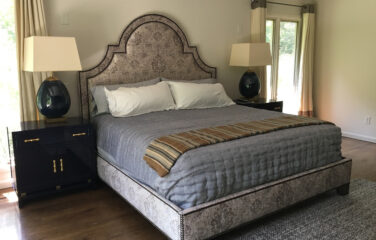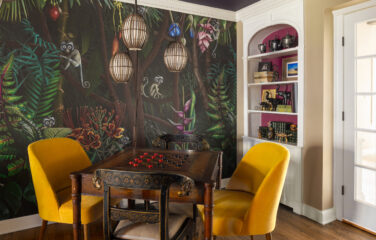When designing your home, there are all sorts of directions you can go in. How can you decide which design style is best for you? We’ve tasked ourselves with making an introductory guide to popular interior design styles so you can know what direction to take when you start your design transformation.
Modern vs. Contemporary
What is the difference between modern and contemporary designs? These two are used interchangeably in many instances, there is a difference that should be noted.
Modern design refers to the specific time period from the early to mid-twentieth century. It’s not about the details and decorative elements – it focuses on simple form and function. It’s easy to incorporate your favorite vegan elements into modern design, like vegan fabrics or paints.
Contemporary design, on the other hand, doesn’t refer to a specific decade or point in time. It’s an evolving concept that changes based on trends. It’s a very comfortable style with curves and welcoming shapes. Monochromatic color palettes, for example, are very popular right now.
Minimalist vs. Maximalist
The difference between minimalist and maximalist design may be easier to understand. These two have their fair share of differences:
Minimalist design is clean and elegant. There is comfort in the simplicity; it’s easy to keep things clean and functional because of the lack of clutter. Minimalism often makes small rooms seem larger. It also includes minimal color schemes; if the walls are blue, for example, different shades of blue are used throughout the room.
With maximalist design, every inch of your home is covered with a decorative element. It’s a great way to showcase yourself and your personality; there is a lot of room to incorporate whatever you want. You can use all sorts of different decorations, patterns, shapes, and sizes to achieve the desired look. There are multiple layers on every surface – no area is left alone or unadorned.
Traditional design
Traditional design t is based on historical references and pieces. It uses classical elements such as symmetry, balance, harmony and order to achieve its results. This is a timeless style that creates a warm and welcoming environment. The best part is – it appeals to people of all ages and style preferences. You can’t go wrong with traditional style.
Industrial design
Industrial design is defined by the architecture of the space. It includes a mix of metal and rustic materials with natural materials. It shows the bare bones of interior design; while other design styles may hide piping and metals, industrial design uses it as its focal point.
Coastal
Coastal design gives off a feeling you can’t get anywhere else – you feel like you’re on vacation, but at the same time you feel at home. It uses bright colors like white, light blue, gray, green, cream and other natural-looking colors to give off a breezy feel. You can also use decorative elements found on the beach like driftwood, shells and rocks to achieve the desired look.
So, which style would you use in your dream home? Is it too hard to choose? We can help you understand which design direction suits you best and put you on the right track to creating your dream home.


